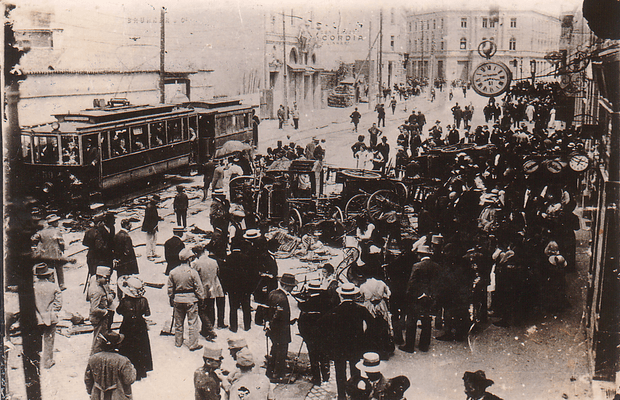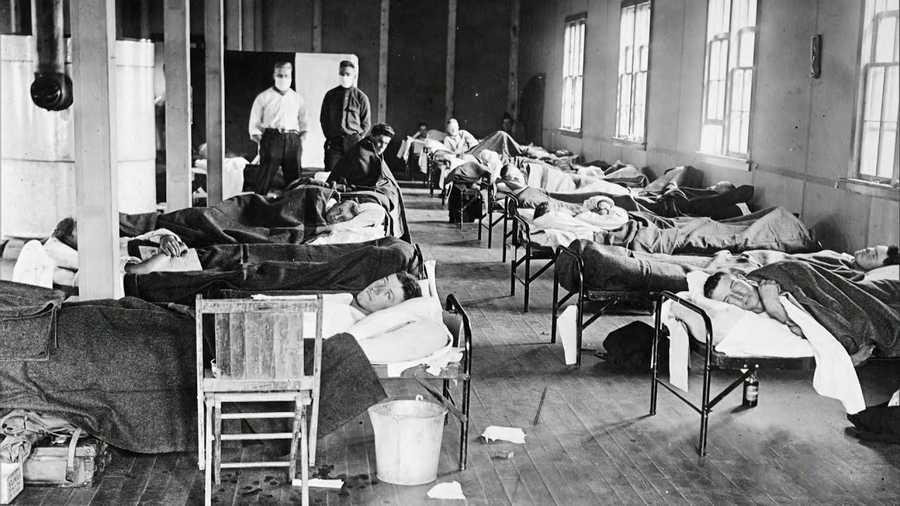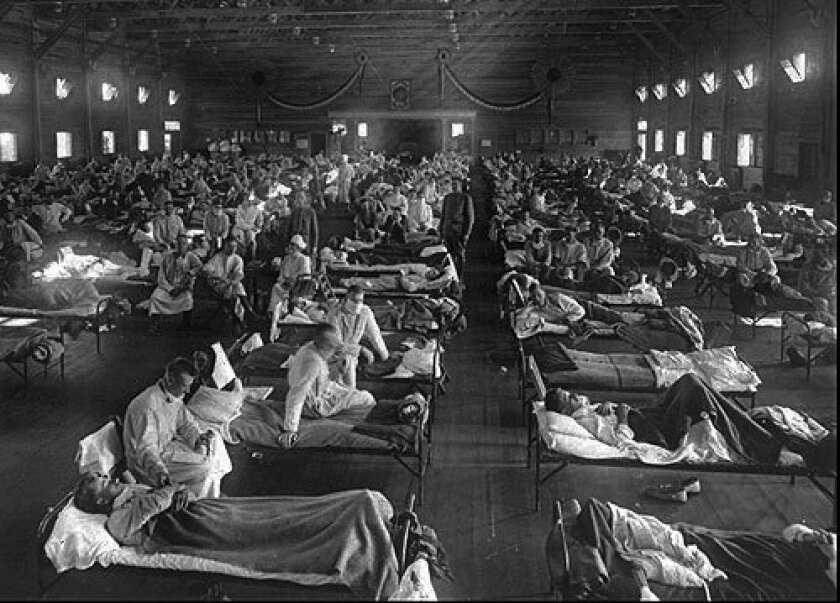Typhus fever in World War 1 (1945)
Typhus fever is spread by lice. The war brought on poor sanitation that probably led to a higher density of lice and made the transmission more prevalent.
Typhus fever caused three million deaths in Russia alone.
75
416 reads
CURATED FROM
IDEAS CURATED BY
I have a passion for games and books. Avocado is my fuel. And superfood in general.
The idea is part of this collection:
Learn more about health with this collection
How to adapt to different speaking situations
How to engage with an audience
How to use body language effectively
Related collections
Similar ideas to Typhus fever in World War 1 (1945)
The end of mankind
The 1918 flu spread rapidly, killing 25 million people in just the first six months. This led some to fear the end of mankind and that the whole thing was caused by a form of super-virus.
Recent studies show that the high death rate can be attributed to crowding in military camps and urban...
1918: Spanish Flu
The avian-borne flu that resulted in 50 million deaths worldwide, the Spanish flu is theorized to have originated in China and been spread by Chinese laborers being transported by rail across Canada on their way to Europe. In North America, the flu first appeared in Kansas in early 1918 and was v...
Economic Free Fall
The current pandemic has led to an economic free fall which is unparalleled in history. In the US alone, the unemployment rate plummeted at such a speed that more than 10 million have claimed unemployment insurance in a matter of three weeks.
With over 30 percent of the U.S. population exp...
Read & Learn
20x Faster
without
deepstash
with
deepstash
with
deepstash
Personalized microlearning
—
100+ Learning Journeys
—
Access to 200,000+ ideas
—
Access to the mobile app
—
Unlimited idea saving
—
—
Unlimited history
—
—
Unlimited listening to ideas
—
—
Downloading & offline access
—
—
Supercharge your mind with one idea per day
Enter your email and spend 1 minute every day to learn something new.
I agree to receive email updates



